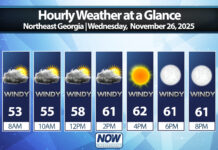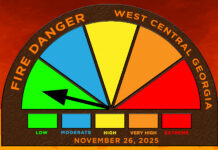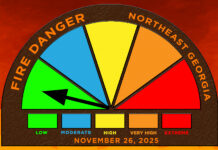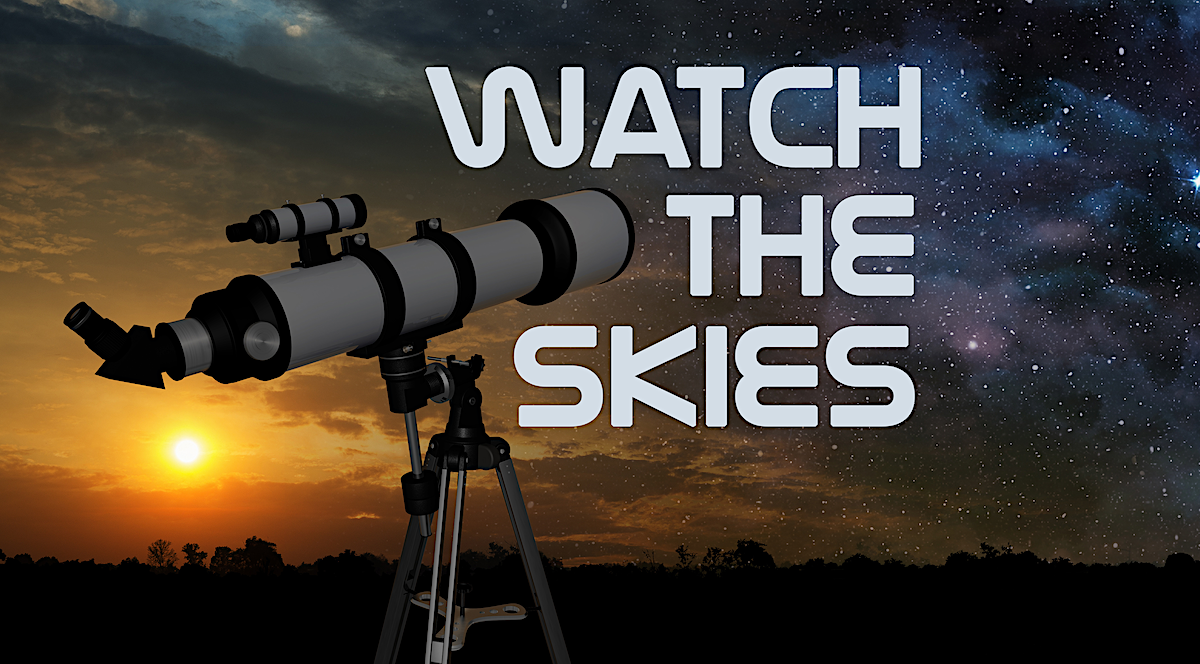
It’s been an eventful week for the Sun. The first large, Earth-directed flare of the new solar cycle made every major news outlet with auroras possible well outside the “normal” areas. What exactly is a flare, though, and why do they cause auroras? I figured this week was as good a week as any to delve into one of my favorite topics: space weather.
At the center of our solar system is the giant fusion machine we call the Sun. While impossible to observe directly, modern filters allow us to easily see in detail what the surface of the Sun is up to. The sun functions by fusion. At it’s core, the immense pressure of gravity forces hydrogen atoms to fuse together and make helium. This releases a lot of heat and energy which then slowly radiates outwards, eventually reaching the “surface” that we observe known as the photosphere. Surface is a strong word, though, as no part of the sun is actually solid.
Inside this photosphere (surface) there are massive loops and swirls of plasma constantly shifting and moving around. This plasma is picked up by the sun’s magnetic field. Like the Earth, the Sun also has a magnetic sphere (an area of magnetism) around it. It is far different from the Earth’s and overall it remains one of the biggest mysteries of the solar system. It is not well understood how it is generated, nor why it behaves in certain ways. However, it is responsible for sunspots. Sunspots are something everyone has heard of, and they are simply “cool” (still VERY hot) spots in the Sun’s photosphere. They are caused by the twists and turns in the magnetic sphere not allowing the energy to radiate outwards. They appear to us as dark spots with a black center and slightly brighter surrounding. The number of sunspots occurs in a fairly consistent pattern with waxing and waning numbers every 11 years. This cycle of activity is known as the solar cycle. The first solar cycle is counted as the one from 1755 to 1766, which was the first 11 year period of consistent, solid observation of solar cycles. We recently started the 25th of these cycles so the number of sunspots will increase each year from now through about 2025 before waning back to sunspots being rare again by 2031.
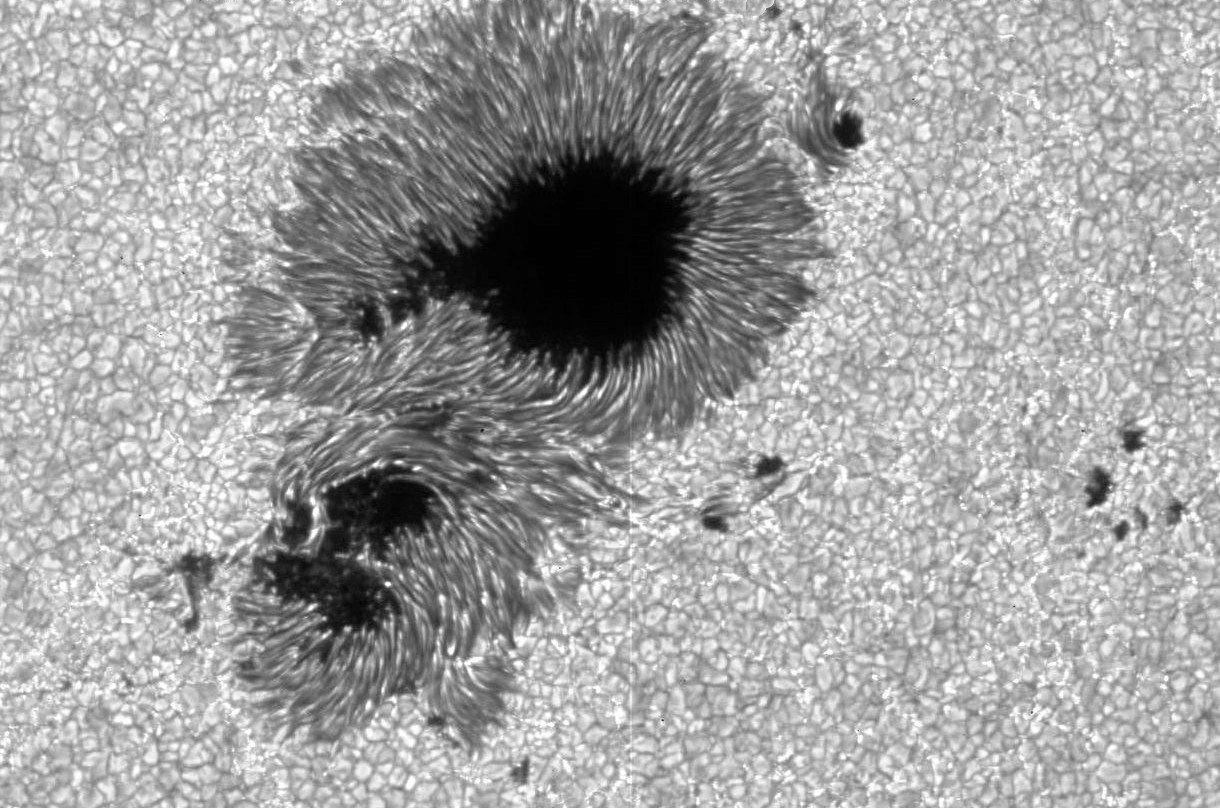
These sunspots are the catalyst for the flares you read about in the news. The complex magnetic field around them occasionally breaks open, allowing massive amounts of solar material (mostly plasma) to escape and be ejected out into space. This large mass of material is known as a CME, or coronal mass ejection. These ejections travel out into space at a rapid pace, but even the fastest ones ever recorded still take about 18-24 hours to get to the Earth, with a more normal speed of 2-3 days.

Solar flares come in a range of sizes and scientists rate them based on their intensity. The weakest rated are “B” class, with increasing intensities being rated C and M class. The highest rating is X class. Each class from B to M is divided into 9 subclasses and X has no limit. These classes just measure the amount of energy released by the flare, and stronger flares tend to release more material. The flare that occurred this past week was an X1, the first X flare of our current solar cycle. Since the sunspot it came from was facing Earth at the time, the material it released will impact the Earth. Predicting an exact time of impact is nearly impossible since we only get to “see” the ejection for a brief time right after it leaves the sun. Predictions of these events are handled by NOAA’s Space Weather Prediction Center (SWPC).
Space weather is a very cool term, and it covers a number of topics. Today we’re just worried about that material headed towards us at 3/4 million miles an hour or more. When this material (mainly hot, ionized gas) arrives it begins to interact with the Earth’s magnetic sphere. This interaction is what causes auroras, or northern lights. These ejections actually carry bits of the sun’s magnetic sphere with them, and how it interacts with ours can determine how far south auroras make it. They are normally confined to far northern latitudes (hence their name) but occasionally they make it much farther south. The more material being thrown at the Earth’s magnetic sphere the better! During the strongest solar “storms” they have been seen as far south as Hawaii and Cuba! Here in Georgia, they were seen in June 2015 when I (the author of this post) imaged them from Richard Russell Highway looking north. Most times the auroras we see here are very dim and on the northern horizon, like in the image below.

This most recent flare was much weaker than the flare that produced the auroras in 2015, making it much less likely to be visible. We rate these solar storms on a scale known as the G scale with G1 being weak and G5 being the strongest. We also have something called the KP scale which also rates storms. KP0 is the weakest and KP9 is the highest. This value comes from ground based observations of the magnetic sphere interaction. Normally a KP value of 7 will allow auroras like the ones in the image above, but a KP of 8 or 9 is necessary for them to be more easily visible. If we ever see a KP value of 9 then auroras may be visible overhead like they are in Alaska. The last time this happened during night time in Georgia was in 2003!
Auroras aren’t the only thing a flare can cause, though. Radio blackouts are common as a flare is happening, and the bits of solar magnetic field that accompanies the plasma can damage satellites. During the strongest solar storm in modern history in 1859 the passing CME caused telegraph poles on the ground to spark and catch fire! These days, we are much better prepared for a big storm to happen, but they are still dangerous. During the last solar cycle an incredibly big flare just barely missed the Earth, passing only about 9 days ahead in our orbit.
The CME that happened during this past week is unlikely to cause any auroras that would be visible here in Georgia, but this solar cycle is still young. Over the next several years we could easily get another strong storm so keep a close eye on the Sun because you never know what it will surprise us with.
This is a complicated subject but I hope I was able to help you understand it a little better! There’s still a LOT we don’t know about the sun or solar flares, but don’t believe any articles that claim we will be back into the dark ages after every solar flare.
Have a great week and, as always, watch the skies!



